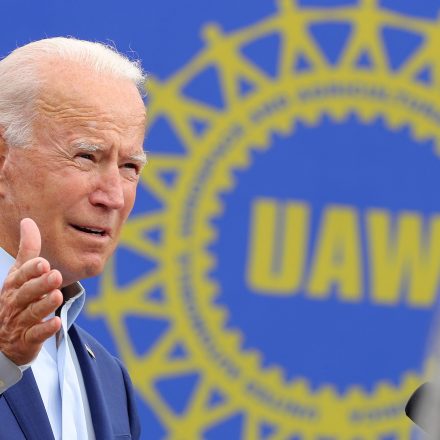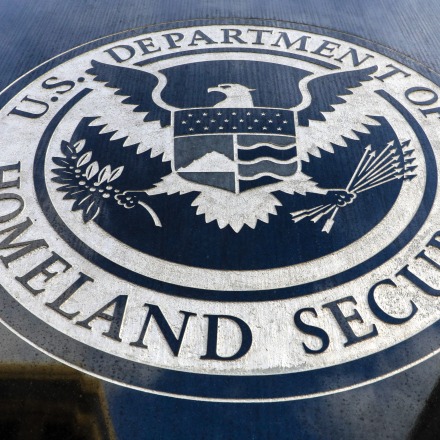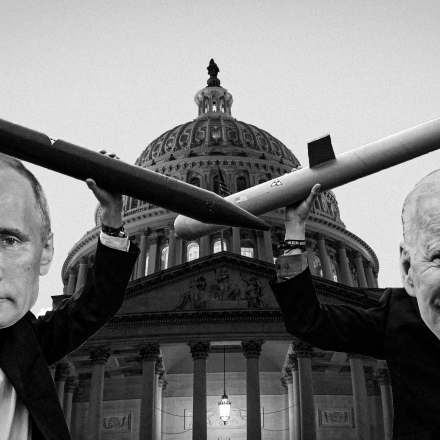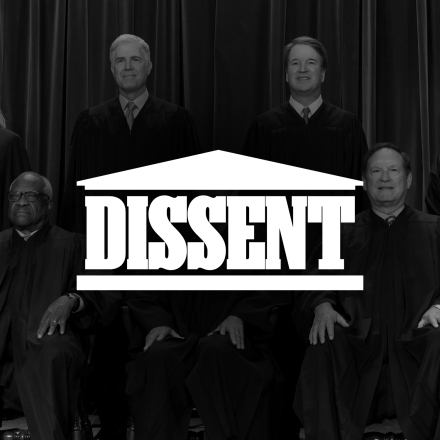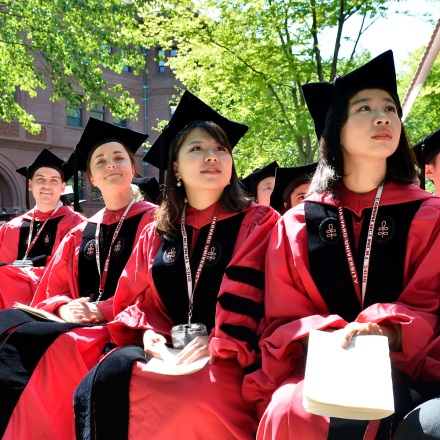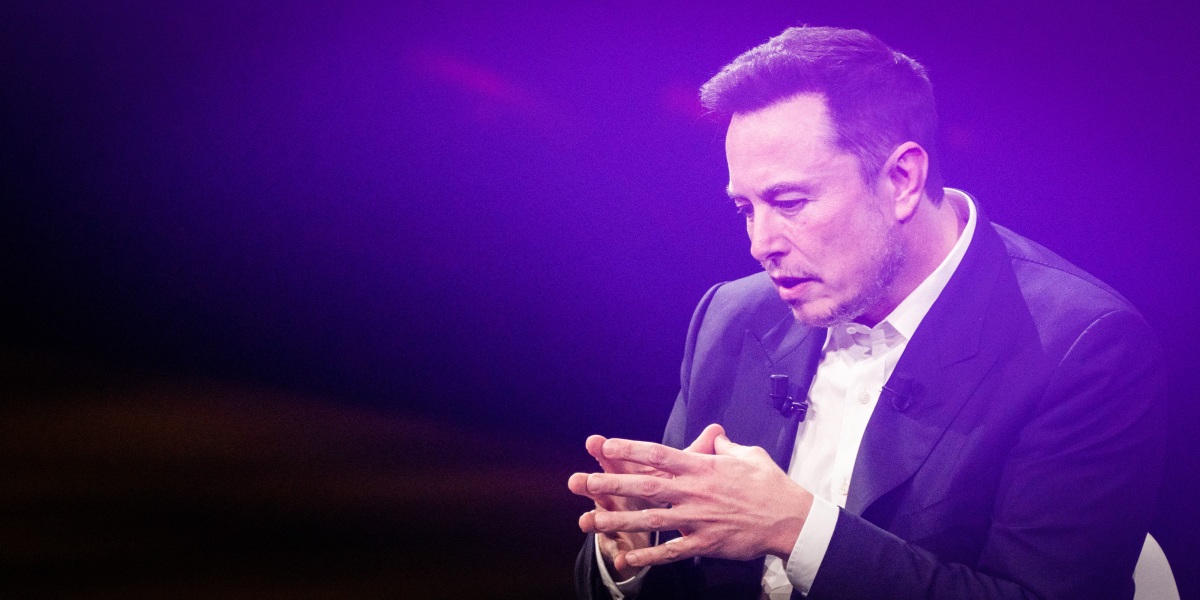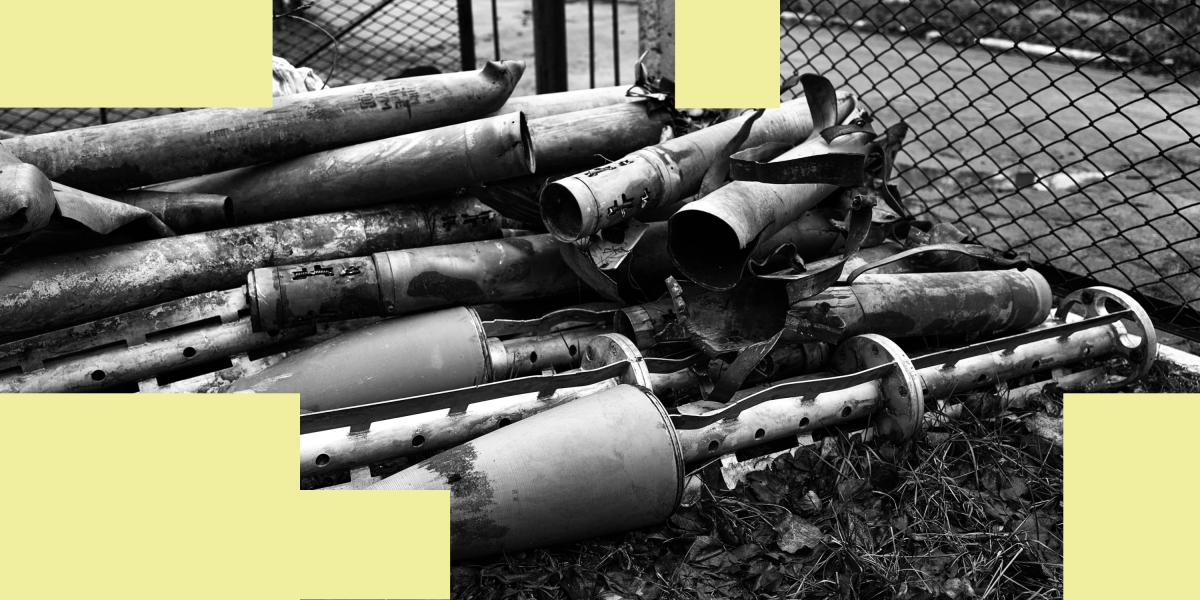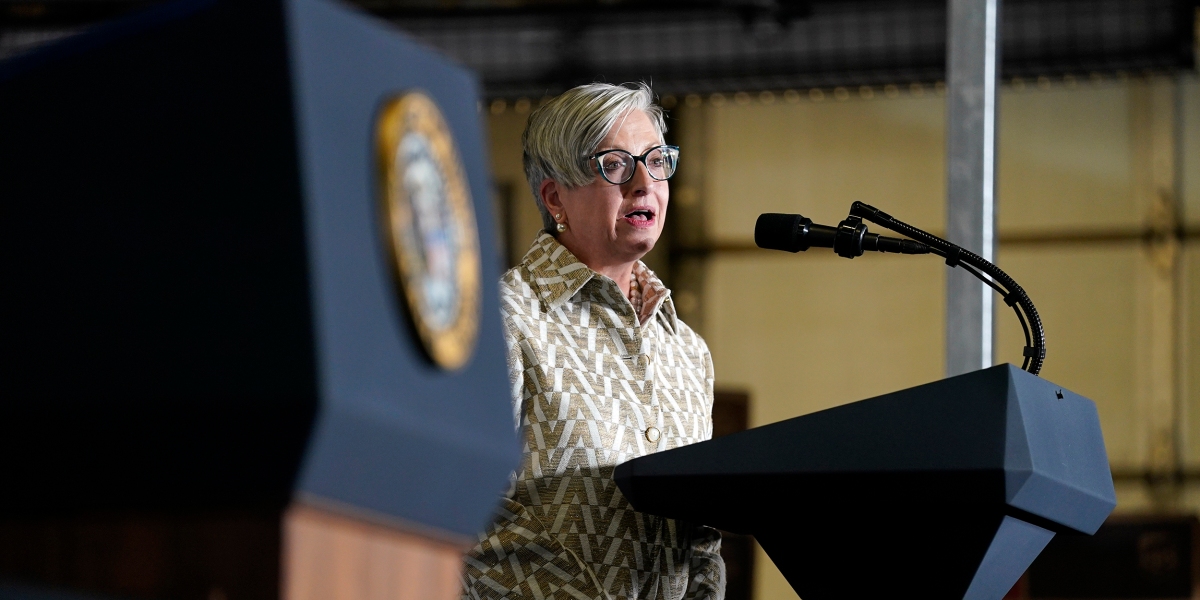
Affirmative action supporters and counterprotesters shout at each outside of the Supreme Court on June 29, 2023, in Washington, D.C.
Photo: Kent Nishimura / Los Angeles Times via Getty Images
In what is being described as a victory for a merit-based and colorblind approach to college admissions, the Supreme Court Thursday struck down affirmative action as a tool to redress race-based inequalities. The ruling by the court’s conservative majority dealt with affirmative action programs at Harvard University and the University of North Carolina, but would apply across the country.
The precedent set by the court’s decision is primed to transform college admissions standards around the country, yet there is one area where the law mandating diversity in recruitment is remaining conspicuously unchanged: U.S. military academies.
When it comes to national priorities, the defense establishment has long been treated with kid gloves and afforded its own perks and protections. Think of the way fiscal hawks on both sides of the aisle regularly greenlight bloated Pentagon budgets. The divergence on diversity guidelines for elite colleges and U.S. military institutions stands out for its gross irony, not least because the most pernicious forms of affirmative action — those which protect the ruling class — remain untouched.
“The Court has come to rest on the bottom-line conclusion that racial diversity in higher education is only worth potentially preserving insofar as it might be needed to prepare Black Americans and other underrepresented minorities for success in the bunker, not the boardroom,” Justice Ketanji Brown Jackson wrote in a dissenting opinion.
A quick look at the details of the ruling itself sheds some light on the problem. The U.S. government had previously filed an amicus brief in the lawsuit asking for an exception for military academies. That brief stated that U.S. military leaders “have learned through hard experience that the effectiveness of our military depends on a diverse officer corps that is ready to lead an increasingly diverse fighting force.” Although the court rejected the same logic being applied to elite colleges, it evidently accepted the need for diversity among future generations of West Point graduates, stating in a footnote to the majority opinion that:
The United States as amicus curiae contends that race-based admissions programs further compelling interests at our Nation’s military academies. No military academy is a party to these cases, however, and none of the courts below addressed the propriety of race-based admissions systems in that context. This opinion also does not address the issue, in light of the potentially distinct interests that military academies may present.
Affirmative Action for Whom?
A common criticism of affirmative action programs at universities is that they undermine merit as a primary criterion for selection. Yet the same concern seems equally, if not more, relevant to U.S. military leadership, particularly given the strong emphasis on national security normally espoused by U.S. politicians and the electorate.
The court is apparently hesitant to prioritize demographic diversity in admissions to colleges that, ultimately, determine the future appearance of the country’s elite. But the same concerns do not seem to apply to the military, where one of the possibilities of membership, rather than joining the gilded class, is being severely injured or killed in one of the U.S.’s many foreign military conflicts.
Despite the court’s ruling, which has been widely celebrated among opponents of affirmative action, it is not entirely clear how much that the composition of elite colleges will change. The decision says that universities may continue to consider in admissions “an applicant’s discussion of how race affected his or her life, be it through discrimination, inspiration or otherwise.”
The far more pervasive form of elite affirmative action — embodied by preferential treatment for legacy admissions — was left untouched by the court ruling.
This apparent loophole potentially allows applicants to continue to be accepted on the basis of racial background, provided they also give a personal statement about their race that could easily become de rigueur in the future.
The far more pervasive form of elite affirmative action — embodied by preferential treatment for legacy admissions, the children of financial donors, athletes, and relatives of school staff — was left untouched by the court ruling. The oversight is a significant one.
There was, however, one mention of it: In his concurring opinion, Justice Neil Gorsuch chastised elite schools like Harvard for their attempts to uphold affirmative action while continuing to defend legacy admissions. Harvard’s “preferences for the children of donors, alumni, and faculty are no help to applicants who cannot boast of their parents’ good fortune or trips to the alumni tent all their lives,” he wrote.
Nonetheless, a 2019 study found that a whopping 43 percent of white students at Harvard were beneficiaries of one of these forms of preferential access. While 70 percent of legacy admissions were white, only 16 percent of Black, Latino, and Asian students benefitted from these preferential considerations.
In effect, while rolling back affirmative action, the court left unscathed a backdoor means of demographic engineering in college admissions that is equally indifferent to merit as a criterion.
Sotomayor’s Dissent
The reversal of affirmative action at elite schools will likely have reverberations well beyond the institutions themselves, including downstream changes in the internal culture of workforces and non-governmental institutions that had been encouraged for years to make demographic diversity a priority in hiring.
Yet the apparent inconsistencies in the ruling, including carve-outs for the military and continued preferential treatment for the wealthy and well connected, will likely make the decision a bitter one for many who had supported affirmative action to address America’s history of racial inequity.
In her dissent to the ruling, Supreme Court Justice Sonia Sotomayor said that the military exemption in particular “highlights the arbitrariness” of the court’s decision. Sotomayor minced few words in expressing the depths of her objections to the ruling, which will likely be a landmark one in the history of America’s post-civil rights legal movement.
“When proponents of those arguments, greater now in number on the Court, return to fight old battles anew, it betrays an unrestrained disregard for precedent,” Sotomayor wrote in her dissent. “It fosters the people’s suspicions that ‘bedrock principles are founded … in the proclivities of individuals’ on this Court, not in the law, and it degrades ‘the integrity of our constitutional system of government.’”


